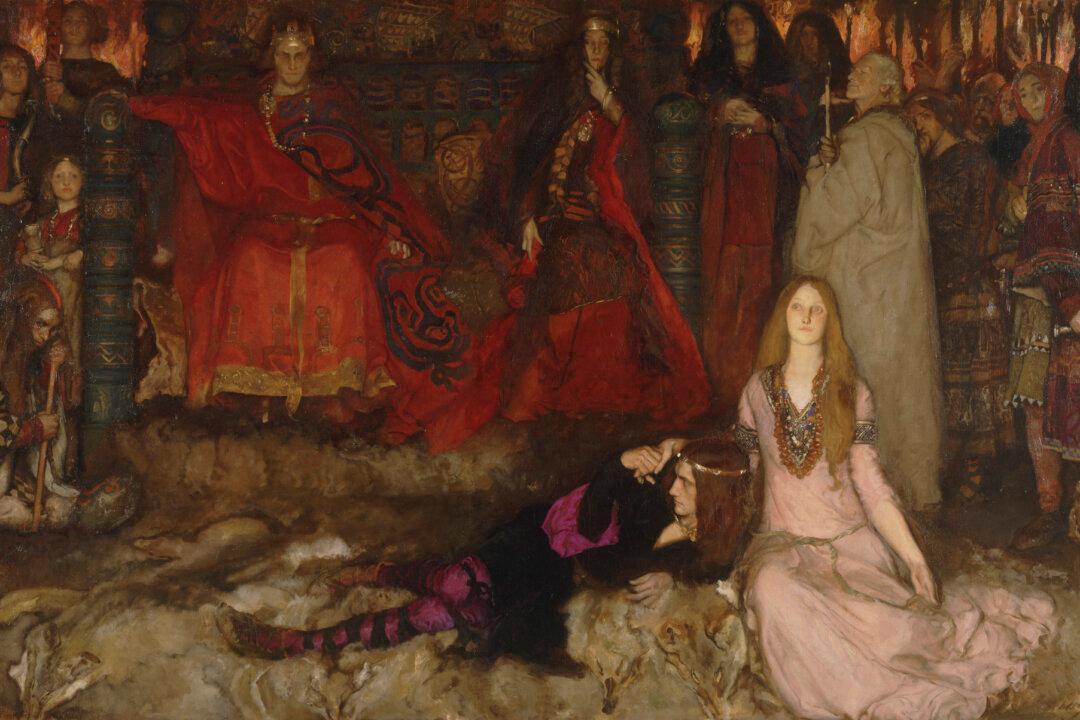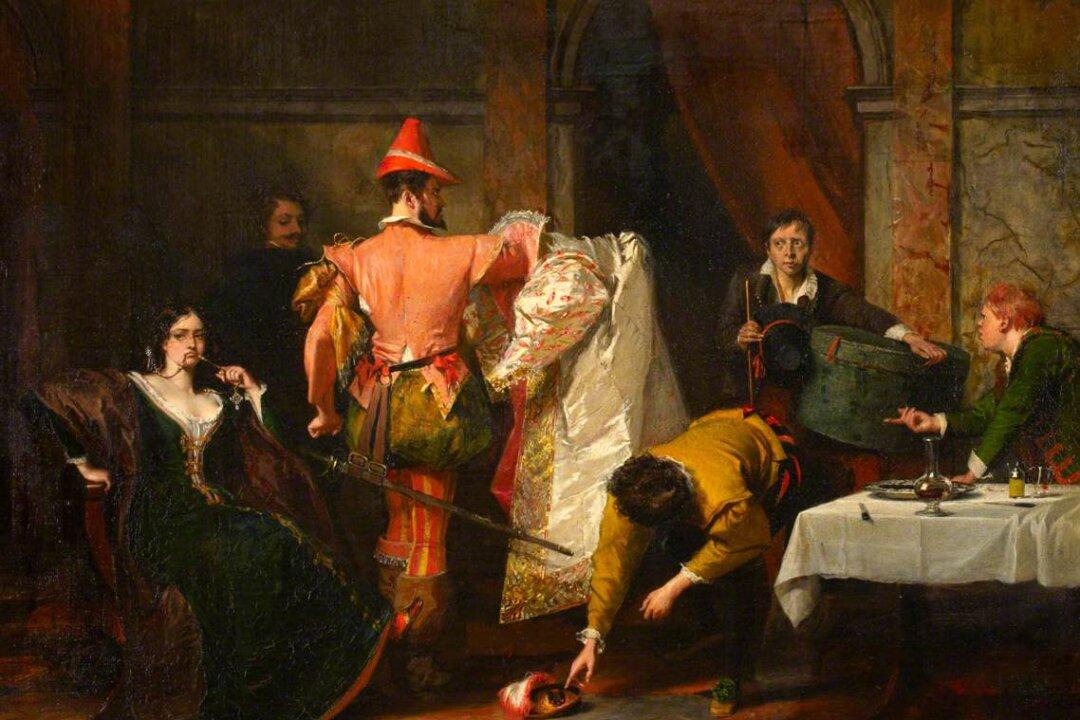Because we are incarnate beings, our spirits receive meaning through our bodies and their physical senses. If we don’t see (or hear or taste or smell or feel) it, we don’t believe it. We don’t even get it. To be effective, any work of art must convey meaning in some form.
Poetry too—at least good poetry—must unite the poet’s idea or notion or insight with a form in which it can be effectively conveyed. When that happens, we empathically experience meaning. Looking carefully into our own experience of a passage of good poetry, we can sometimes discern the bones and muscles and tendons that make an effective poetic utterance.





